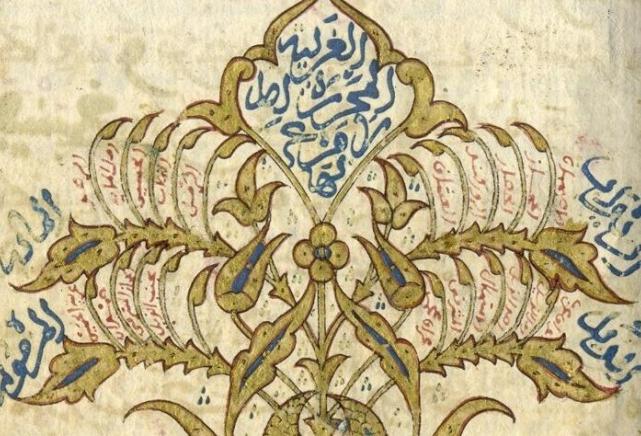Showing 282 concepts out of 282.
Majafes (LKT)
This entry is part of the Lexicon of Klezmer Terminology (LKT). The LKT compiles a wide array of source materials that shed light on the historical and contemporary state of knowledge about klezmer music. Each entry includes a number of citations from primary and secondary sources that…
Kaddish
Kaddish is one of the most important and central parts of the Jewish liturgy. Most of it is in Aramaic, and it is used as a passage between various parts of the prayer, and at its end.
Originally, the Kaddish was not an integral part of the liturgy. The Talmud describes the Kadish as a finishing…
Hora
Origin of the term
The word originates from Rumanian. As an ancient term it meant a circular folk dance. Later, it came to signify also a specific dance. The term is also used for two kinds of dance melodies in the Rumanian and Moldavian folklore: slow with triple meter, and fast with duple meter.…
Diwan
In Arab culture, a Diwan is an anthology of poems by one or several poets. In the medieval Hebrew poetry of Al-Andalus, the term Diwan meant exclusively a collection of poems by a single author. Today however, the term refers to an anthology of poems by a number of authors.
The Diwan of the Jews…
Aḥot qetanah
Aḥot qetanah, or little sister, is a hymn that is traditionally sung on Rosh Hashanah. It was composed by Abraham Hazzan Gerondi, a prolific writer of devotional poems who was active in the 13th century in Southern France. This hymn is comprised of eight metrical stanzas, each four to five lines in…
Menagen
The word 'menagen' (menágn in Yiddish accent) comes from the verb 'nagen,' which in the hasidic writings and in oral tradition means singing (and not playing an instrument, which is its usual Hebrew meaning). The terms 'Menagen,' 'Ba'al Menagen,' as well as the less common 'Ba'al Negina,' signify a…
Tish
In Yiddish, Tish means table. In the Hasidic movement, the Tish is the public feast of the rabbi (see: Admor), held with a large crowd. During the feast, the rabbi and/or his Hasidim, sing niggunim, Zemirot, or various texts related to the event.
However, the main reason of the Hasidim to…
Ba'al Menagen\ Menagen
The word 'menagen' (menágn in a Yiddish accent) comes from the verb 'nagen,' which in the hasidic writings and in oral tradition means singing (and not playing an instrument, which is its usual Hebrew meaning). The terms 'Menagen,' 'Ba'al Menagen,' as well as the less common 'Ba'al Negina,' signify…
Anim Zemirot
The Piyyut 'Anim Zemirot,' also known as 'Shir HaKavod' (Song of Glory), appears in the Ashkenazi Siddur at the end of the morning prayers, after the Mussaf service. In some Israeli synagogues the prayer was moved to an earlier part of the service, the end of the Shaharit service before the Torah…
Andalusian Nuba
In this article we will review the development of the Nuba, which is considered the pinnacle of Andalusian music, from its origins in 9th century Spain, its arrival in North African countries in the fifteenth century, and through its coalescing into three main styles that continue through the…
Admor
Admor is an acronym in Hebrew for 'Adonenu, Morenu Ve-Rabenu' (our master, our teacher, our rabbi). It is a synonym to Tsadik, the leader of a Hassidic community, and to the Rebe (in Yiddish), pronounced Rebi by Habad Hassidim in Hebrew.
The Admor's leadership is different from the leadership of an…
Ades Synagogue
The Ades synagogue of the Aleppine Jewish community is located in the Nakhalat Zion neighborhood, in central Jerusalem.
At the turn of the twentieth century many Jews emigrated from Syria to various countries, particularly the U.S., England, different Latin American countries, and Palestine, where…




